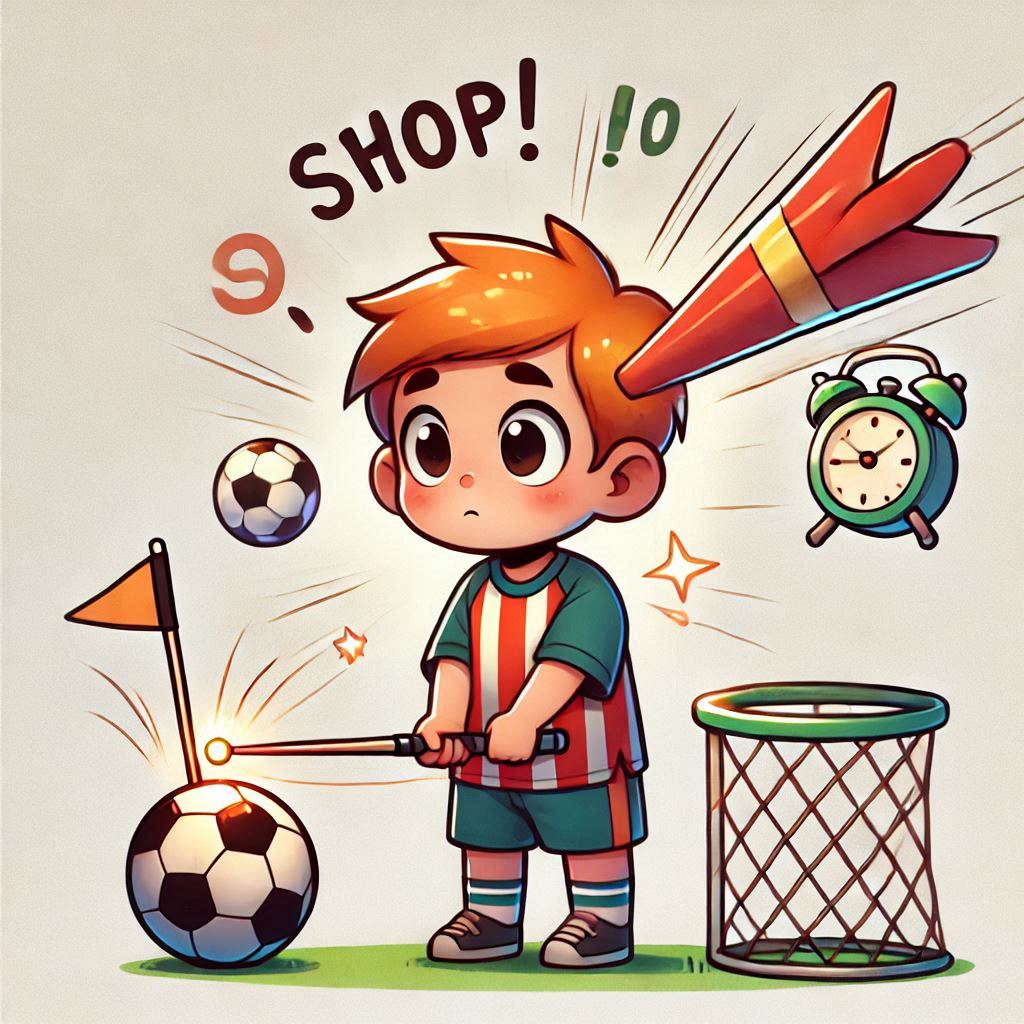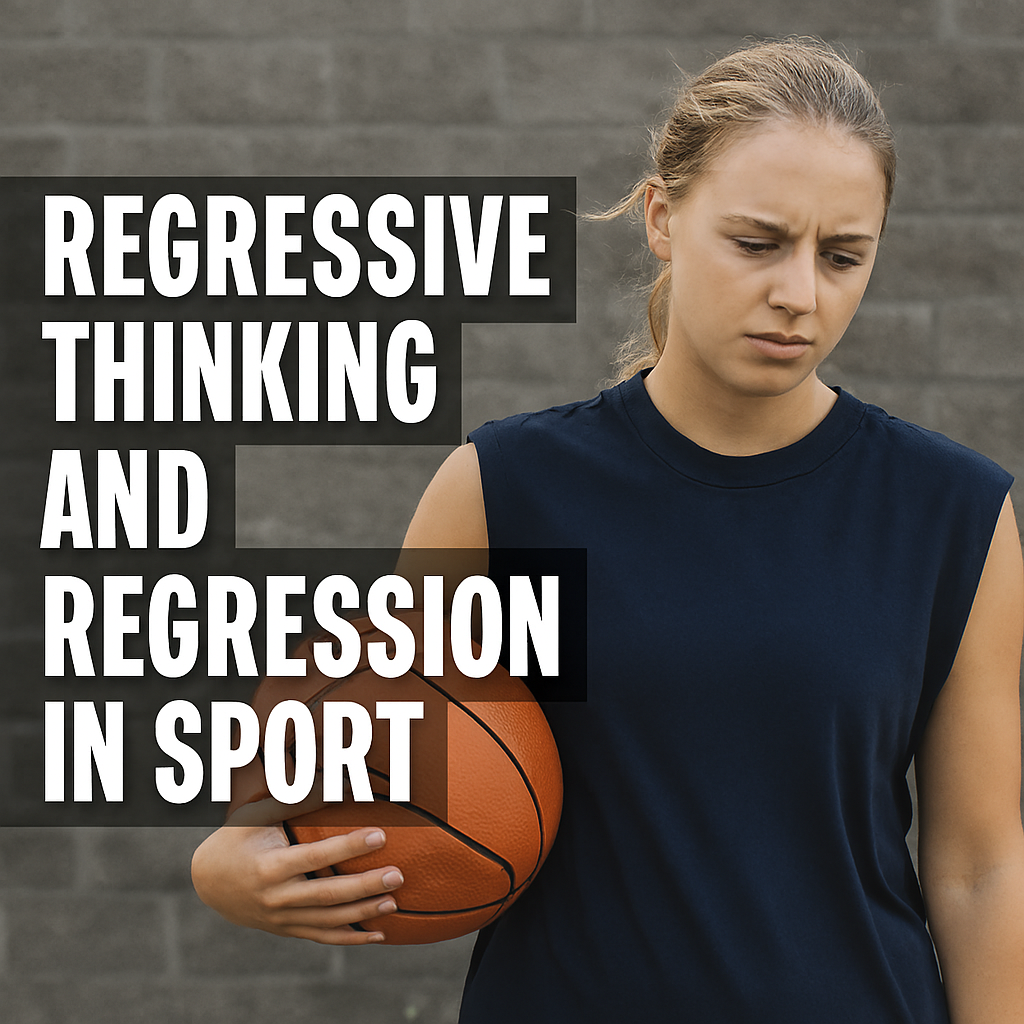Mastering the Game
Designing a Highly Effective Gameplay Strategy
In the world of sports, the difference between winning and losing often boils down to strategy. While raw talent and physical prowess are undeniably crucial, a well-designed gameplay strategy can elevate a team or player to the next level.
Competitive Edge
In the competitive arena of sports, success is often measured by the ability to outthink and outmaneuver opponents. While physical fitness and technical skills are essential, the strategic elements of the game can make the difference between a triumphant victory and a crushing defeat. Understanding the nuances of gameplay design is crucial for any team or athlete striving for excellence.

The Core Components of an Effective Gameplay Strategy
Understanding the Game
To design an effective gameplay strategy, one must first have a deep understanding of the game itself. This includes the rules, the objectives, and the common tactics used by other teams or players. For instance, in soccer, understanding formations, set-pieces, and the roles of each position is essential. Knowledge of these elements allows for the development of a strategy that capitalizes on strengths and exploits opponents’ weaknesses.
Scouting and Analysis
Scouting is a critical component of strategy development. By analyzing the strengths, weaknesses, and tendencies of opponents, a team can tailor its gameplay to counteract them. Modern technology has made it easier than ever to gather and analyze data. Video analysis, statistics, and advanced metrics provide insights that were previously unimaginable. For example, analyzing an opponent’s defensive patterns can reveal opportunities for targeted attacks.

Crafting the Strategy
Offensive Tactics
An effective offensive strategy should be dynamic and adaptable. It should leverage the strengths of the team’s best players and create scoring opportunities through well-coordinated plays. For instance, in basketball, a strategy might involve using pick-and-rolls to create mismatches or utilizing three-point shooting to stretch the defense. The key is to remain unpredictable and to keep the opponents guessing.
Defensive Tactics
On the flip side, a robust defensive strategy is equally important. The goal is to disrupt the opponent’s offensive flow and force them into making mistakes. This could involve employing a high-pressing strategy in soccer to win the ball back quickly, or using zone defense in basketball to clog up the paint and limit scoring opportunities. Adaptability is crucial, as the best defensive strategies can adjust to counter different offensive approaches.
Situational Playcalling
Situational awareness is another vital aspect of gameplay strategy. This involves making real-time decisions based on the specific circumstances of the game. For example, in American football, knowing when to go for it on fourth down or when to call a timeout can significantly impact the game’s outcome. Situational playcalling requires a deep understanding of the game and the ability to remain calm under pressure.

Advanced Game Theory in Sports
Predictive Modeling
One of the cutting-edge developments in sports strategy is the use of predictive modeling. By leveraging big data and machine learning algorithms, teams can predict opponents’ moves and adjust their strategies accordingly. This proactive approach allows for a more nuanced and informed gameplay strategy that anticipates and counters the opponent’s actions before they occur.
Psychological Factors
The mental aspect of sports cannot be overlooked. Understanding the psychology of both one’s team and the opponents can provide a strategic edge. Techniques such as mental conditioning, stress management, and motivational strategies are essential for maintaining peak performance under pressure. Additionally, recognizing and exploiting psychological weaknesses in opponents can be a game-changer.
Adaptability and Innovation
The best strategies are those that can evolve and innovate in response to new challenges and changing conditions. This might involve incorporating new tactics, adjusting formations, or experimenting with unconventional approaches. Innovation keeps the gameplay fresh and unpredictable, making it harder for opponents to prepare and counter effectively.
Fitness and Conditioning
No strategy can succeed without the physical fitness and conditioning of the players. A well-designed fitness program tailored to the specific demands of the sport ensures that players can execute strategies effectively and maintain peak performance throughout the game. This includes endurance training, strength conditioning, and recovery protocols to prevent injuries and promote overall well-being.

Pros and Cons of Designing a Highly Effective Gameplay Strategy
Pros
Competitive Advantage
A well-designed strategy gives teams a competitive edge, making it easier to outmaneuver opponents.
Consistency
Consistently applying a winning strategy can lead to sustained success over time.
Improved Decision-Making
Clear strategies provide a framework for making informed decisions during high-pressure situations.
Enhanced Player Performance
Tailored strategies maximize the strengths of individual players, leading to better overall performance.
Innovation and Adaptability: Developing and refining strategies fosters a culture of continuous improvement and adaptability.

Cons
Over-Reliance
Teams may become too reliant on a specific strategy, making them predictable and easier to counter.
Complexity
Designing and implementing complex strategies can be time-consuming and challenging to execute.
Resource Intensive
Effective strategy development often requires significant resources, including time, technology, and personnel.
Inflexibility
Rigid adherence to a strategy may prevent teams from adapting to unexpected changes or new challenges.
Psychological Pressure
High expectations associated with a successful strategy can create additional pressure on players and coaches.
Conclusion
Designing a highly effective gameplay strategy requires a comprehensive understanding of the game, meticulous analysis of opponents, and the ability to craft dynamic and adaptable tactics. Incorporating advanced game theory, psychological insights, and maintaining peak physical fitness further enhances the chances of success. Ultimately, the combination of these elements creates a powerful framework that can consistently lead to victory in sports. Whether used regularly or tailored to specific situations, a well-crafted gameplay strategy is the cornerstone of achieving excellence on the field.
Join the Discussion
How do you approach strategy development in your favorite sport? Have you tried any of the tactics mentioned in this post? What challenges have you faced, and how did you overcome them?















You & Your Spirited 110% Sports Person - Crickky
[…] The Team PlayerIf you thrive in team sports, it indicates that you value collaboration and can work effectively with others. You understand the importance of communication, trust, and mutual support, and you likely carry these traits into your personal and professional relationships. […]